View Archive
18th Century or earlier
POST-MEDIEVAL
The post-medieval period in Britain was a time of economic growth resulting in strong demand for domestic pottery. There were numerous local potteries established around the country, especially in the area around London where a fast-growing population fuelled demand. The most recognized wares were made on the Surrey Hampshire Counties and are known as Borderware.
Reference book
- Border Wares (Post Medieval Pottery in London 1500-1700 by Jaqueline Pierce
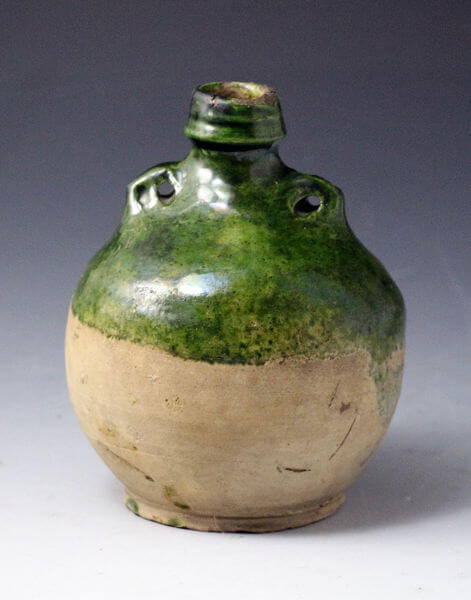
DELFTWARE
The 18th century is a pivotal point in the production of pottery in Great Britain with the introduction of Dutch tin-glazed earthenware. Various centers such as Liverpool, London, Bristol, Wincanton, Glasgow, and Belfast copied the technique. These highly decorated wares replaced pewter and set the future course of ceramic manufacture in Britain. A section is dedicated to ENGLISH DELFTWARE on this site with more information.
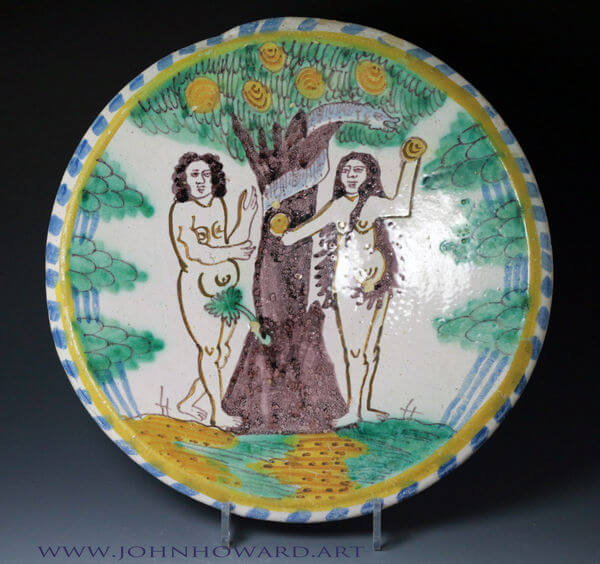
STONEWARE AND REDWARE
John Dwight was an English ceramic manufacturer, who founded the Fulham Pottery and pioneered the production of stoneware in England in the last quarter of the 17th century. The Elers Brothers and John Astbury commenced production of redware also in the late 17th century and established the birth of the Staffordshire Potteries.
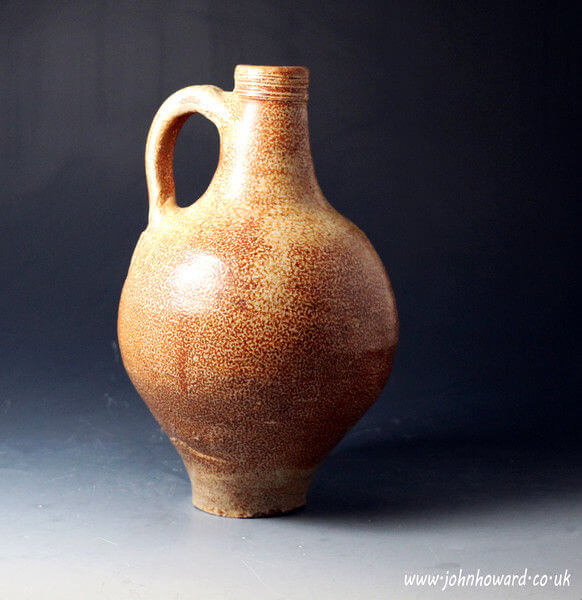
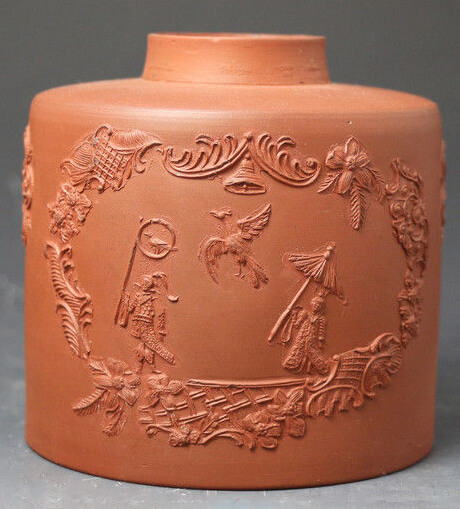
ENGLISH SLIPWARE
Slipware is one of the earliest forms of pottery produced in the British Isles, dating back to medieval times. The 17th century was perhaps the most significant time in which more sophisticated and artistic techniques prevailed. Two major potters of this period are Toft and Simpson, whose fabulous dishes grace serious collections and major museums, especially in the UK and USA.
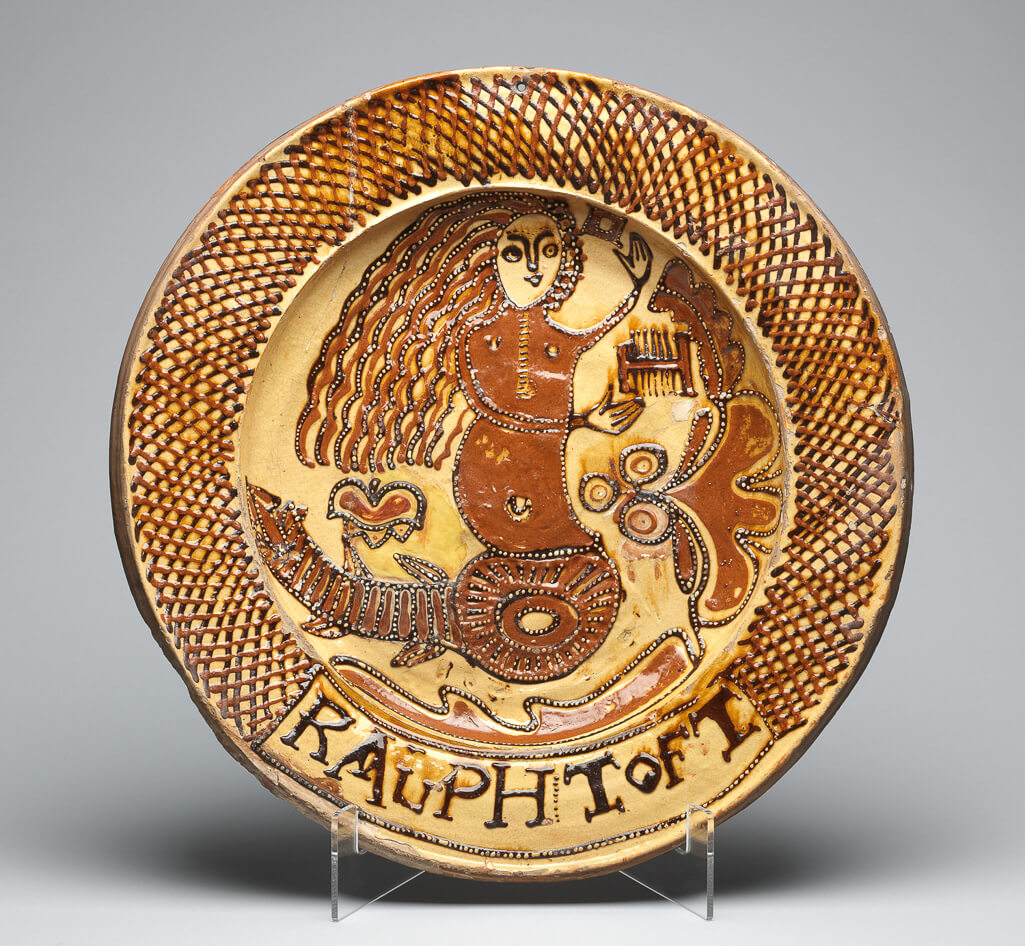
Potters use the term “Slip” for a mixture of clay and water; consistency can vary but generally resembles a thick double cream. This slip can be trailed (eg.with a pipette) onto the earthenware body and used in various ways to decorate, such as the “combed” pattern with different color slips for extra effect. A lead glaze was used only on the inside of the dish. Applying the trailing slip in a free form style took much skill and artistic flair with its calligraphic style. Not surprisingly this ware is appreciated by the Japanese who respect and understand this flowing, spontaneous artwork with its striking decorative appeal.
The main areas of slipware production in the 18th century were Staffordshire, London, Devon, Sussex, and Wales. Many provincial potteries in the United Kingdom also produced the ware. In the late 18th century Slipware was produced mainly as utility ware for the kitchen to be used for baking and making bread. Vast quantities were exported to the United States, where they are called “Loaf Dishes” and shards are often discovered in old settlements mainly on the eastern seaboard. The unglazed underside of these dishes often develop wonderful patination after years of use in the oven, and this underside sometimes matches the beauty of the topside decoration. More elaborate pieces commemorated important events such as births, marriages, and Royal occasions such as a coronation and intended for display.
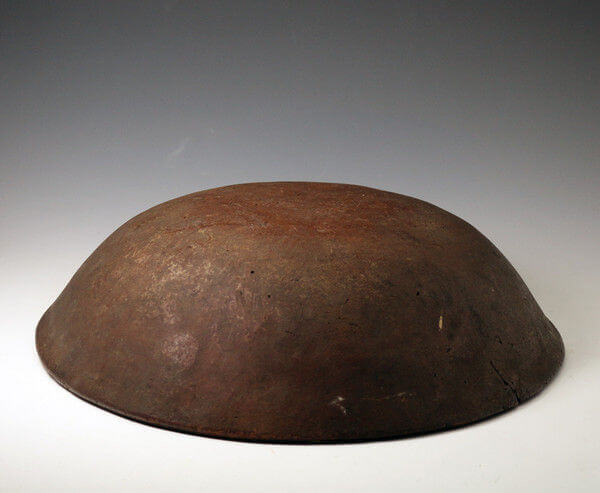
This simple naïve unpretentious earthenware has a timeless appeal not subject to the vagaries of fashion. These pieces from the past can take their place with sophisticated ease in a traditional period country setting or in a modern apartment where the artistry complements the modern, minimal look.
A quote, “Early English slipware is the ultimate pure truth in ceramic. Mere clay dug from the ground turned into pots then decorated by ordinary folk for use as an essential object in daily life by ordinary working folk”.
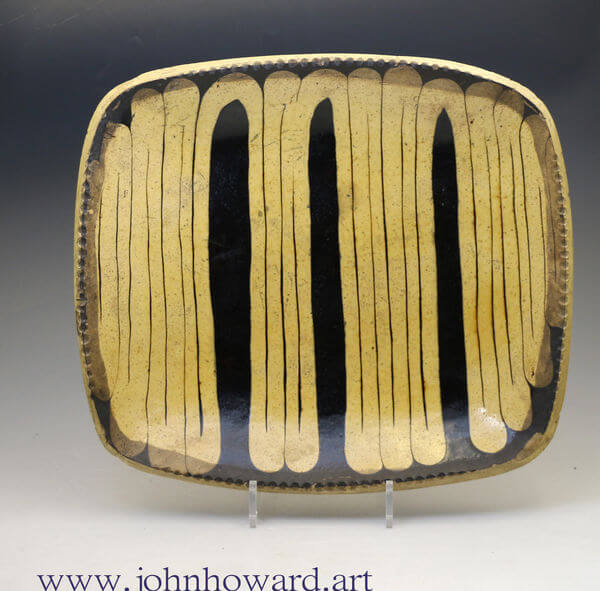
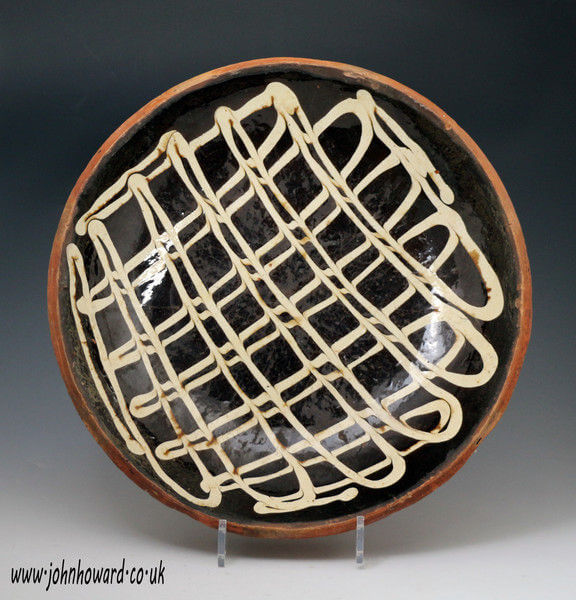
Reference books
- English Slipware Dishes 1650-1850 by Ronald G.Cooper
- English Slip-Decorated Earthenware a Williamsburg
- The Longridge Collection of Eanglish Slipware and Delftware Volume 1 SLIPWARE by LeslieB.Grigsby
- The Fishleys of Fremington – A Devon Slipware Tradition by John Egele.
STONEWARE and LEAD GLAZED CREAMWARE.
The mid-18th century period saw the emergence of the founding fathers of British pottery Thomas Whieldon, Josiah Wedgwood and William Greatbach. The location of the triumvirate was Staffordshire an area known worldwide as “The Potteries,“ comprising the towns, Stoke upon Trent, Hanley, Burslem, Fenton, Tunstall, and Longton and became the center for ceramic production of tableware, decorative figures of animals, birds, and humans.
The burgeoning demand from a growing and more affluent population saw the emergence of hundreds of other potteries in Staffordshire, Yorkshire, South Wales, South West England, and Scotland all producing a variety of earthenware Salt-glazed stoneware, lead-glazed creamware, jasperware, pearl, creamware as well as pioneering transfer printing and various glazing and decorating techniques.
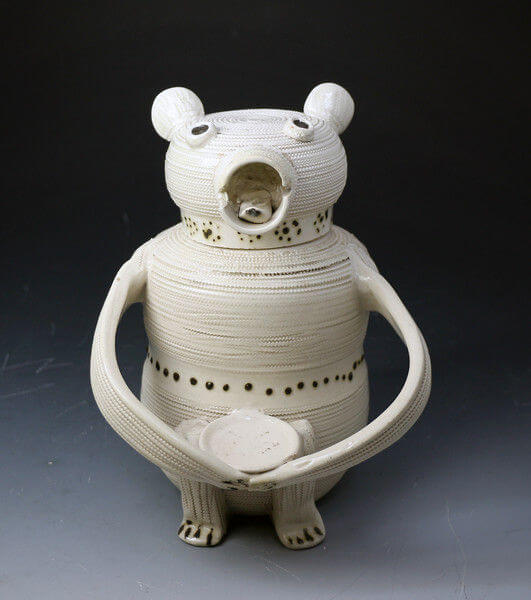
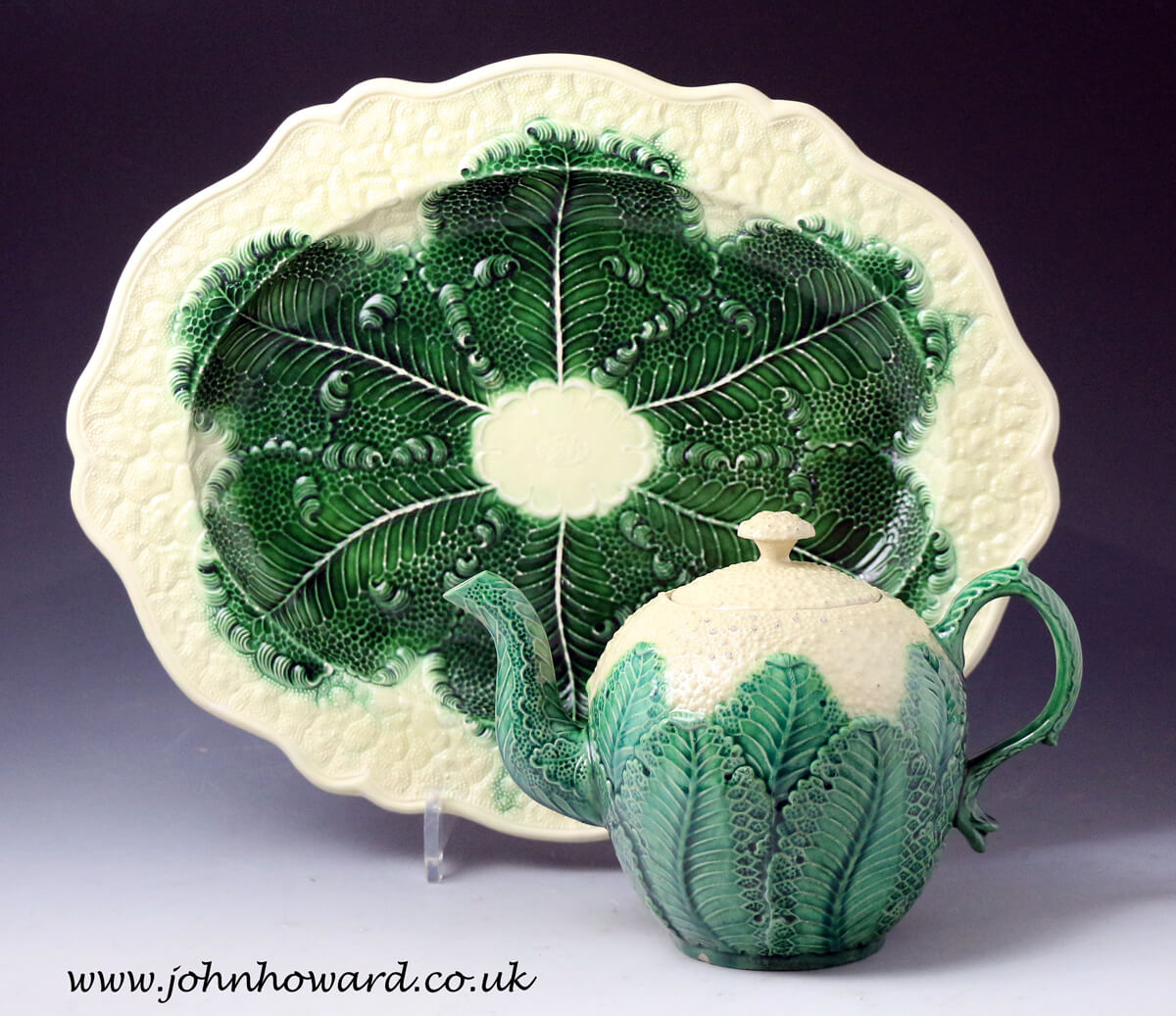
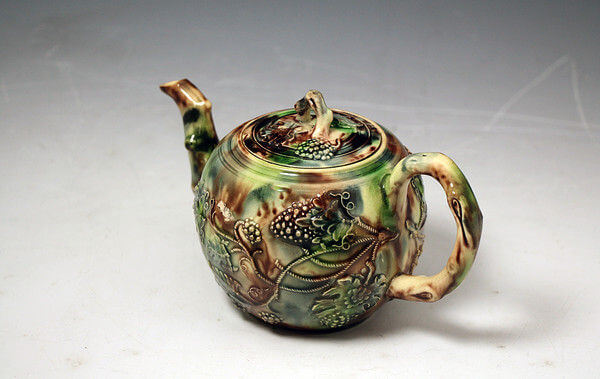
Reference books
- The Earle Collection of Early Staffordshire Pottery by Cyril Earle.
- White Salt-Glazed Stoneware of the British Isles by Diana Edwards and Rodney Hampson.
- Ralph Wood by Frank Partridge.
- William Greatbach a Staffordshire Potter by David Barker.
- English Pottery 1650-1800 (The Henry H. Weldon Collection) by Leslie B. Grigsby.
- A Passion for Pottery ( Further selections from the Henry Weldon Collection by Pat Halfpenny and Peter Williams).
- Salt-Glazed Stoneware in Early America by Skerry and Hood.
- Astbury Figures Old English Pottery by Philip Andrade.
- Exhibition Catalogs of Jonathan Horne, A Collection of Early English pottery.
CREAMWARE
Josiah Wedgwood was the inventor of creamware which in the 18th century was one of the most sought after wares from his works. His techniques were copied by other Potteries especially with great success at the famous Leeds Pottery in Yorkshire who were known for their wonderful reticulated decoration. Many of the shapes of silver tableware provided the basis for modeling pieces which, when made in ceramic, produced a clean classical elegant style, especially with the undecorated pieces which have a timeless beauty.
The introduction of creamware sounded the end of the production of Delftware in the late 18th century. Creamware is the direct link with the past to the household items we use today.
Reference books
- The Leeds Pottery by John D. Griffin.
- Creamware by Donald Towner
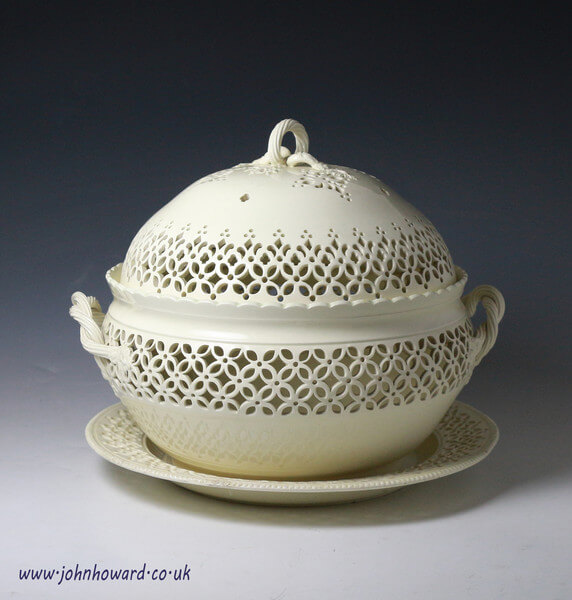
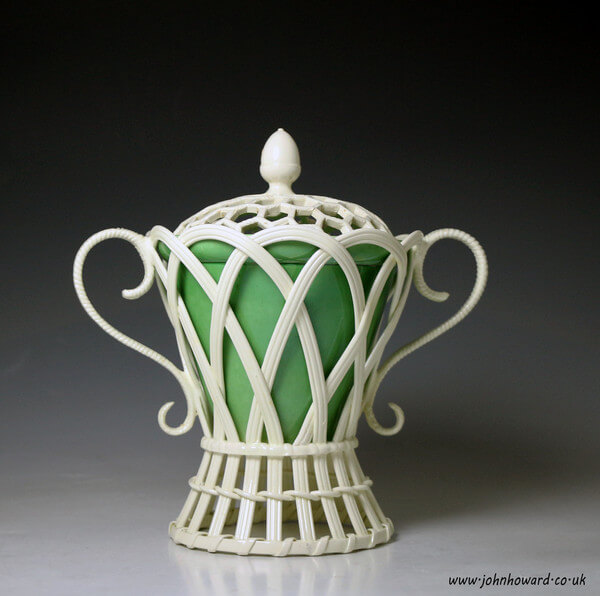
Showing 1–16 of 49 results
-
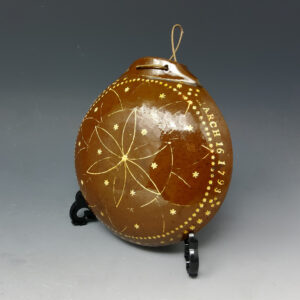
A fine and rare earthenware 18thc. named and dated slipware flask from Chailey, Sussex.
£2250$3037
-
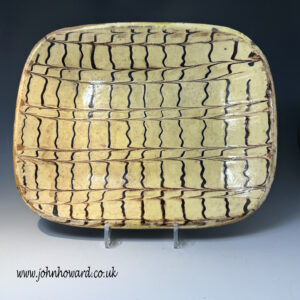
English slipware comb decorated earthenware baking or loaf dish 18th century
£4850$6547
-
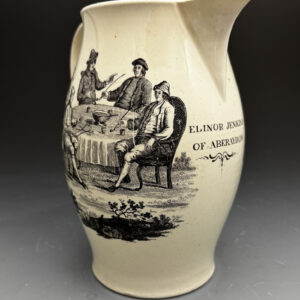
Creamware pitcher named Elinor Jenkins of Aberayron, Liverpool Pottery circa 1795
£985$1329
-
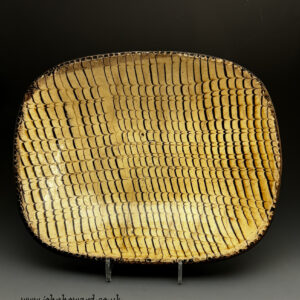
English earthenware slipware comb decorated baking or loaf dish early 19th century
£4250$5737
-
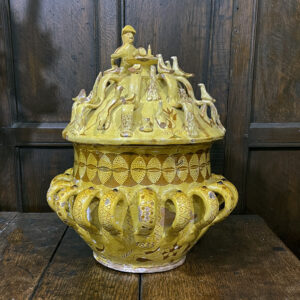
A Significant Slipware documentary Wassail bowl and cover, Ewenney pottery named and dated 1832 – 1833
£28000$37800
-
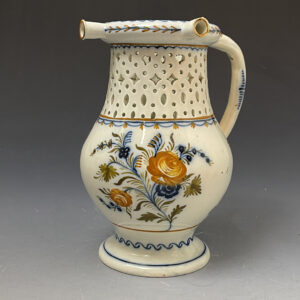
Swansea pottery pearlware puzzle jug underglaze painted with flowers circa 1800
£1750$2362
-
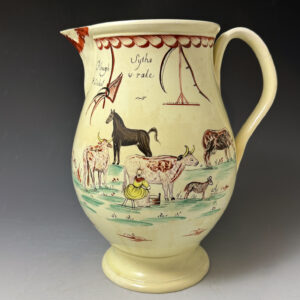
Creamware pitcher named and dated 1782 decorated with farm animals and their owners Solomon and Sally Fielding.
£3950$5332
-
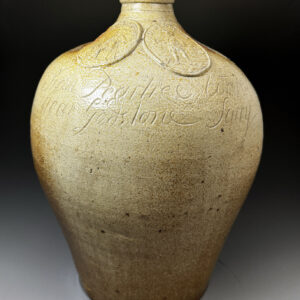
English rare and large Stoneware Godstone Iron Pear Tree Gout Water Bottle Flagon circa 1745
£4450$6007
-
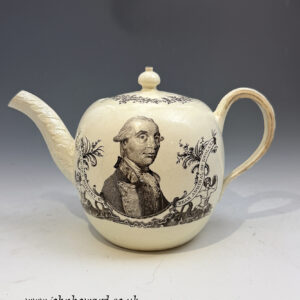
Wedgwood pottery creamware teapot with portrait of Rodney circa 1780 England
£2475$3341
-
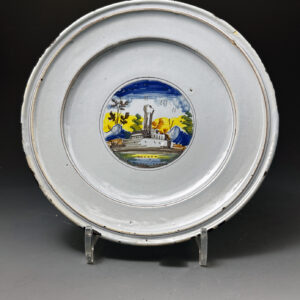
Delftware pottery polychrome decorated plate circa 1700
£345$465
-
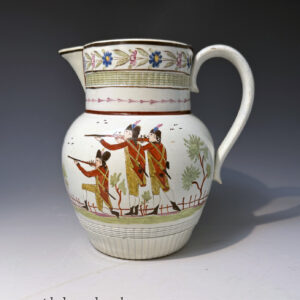
Staffordshire Pottery pearlware pitcher inscribed “Success to the British Fleet” circa 1800
£2450$3307
-
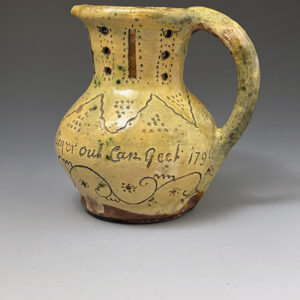
Slipware pottery North Devon puzzle jug with inscription and dated1796
£2450$3307
-
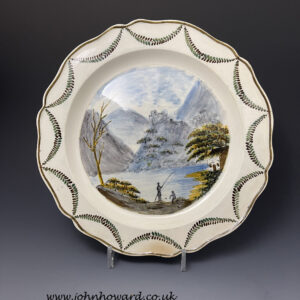
A Swansea Pottery pearlware charger decorated Pratt colours with view of Dolbadarn Castle c1800
£1275$1721
-
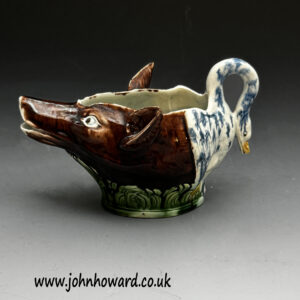
Staffordshire pottery zoomorphic fox and swan sauce boat late 18th century
£1450$1957
-
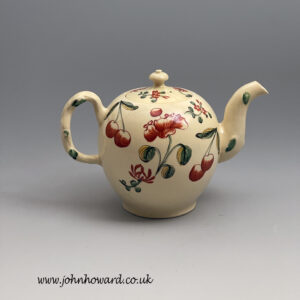
English Creamware teapot hand painted with flowers and cherries from Cockpit Hill mid 18th century
£685$924
-
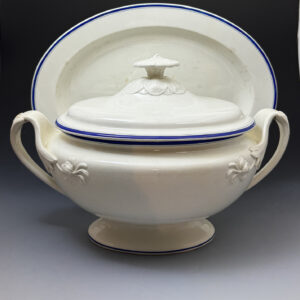
Massive Wedgwood pearlware tureen with cover and base circa 1800
£1250$1687

